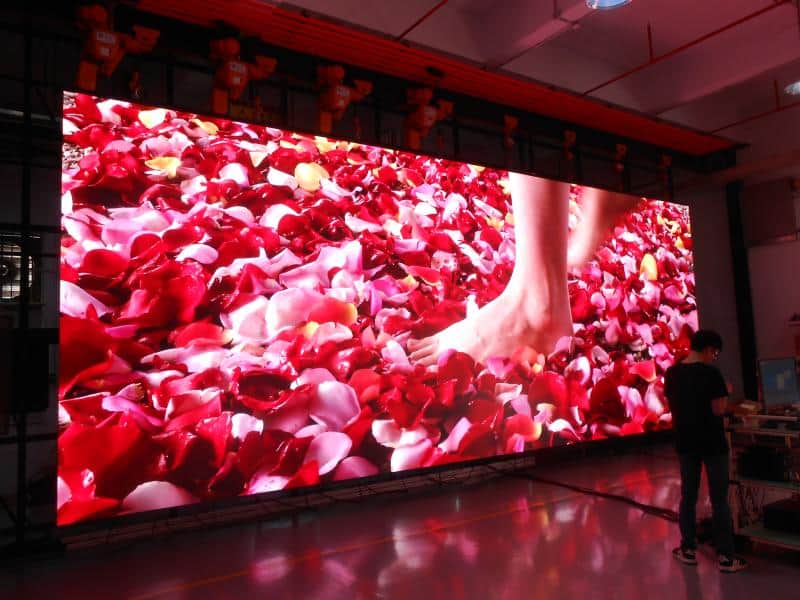Investigating the Fundamental Elements That Influence Luminance in LED Wall Panels
Investigating the Fundamental Elements That Influence Luminance in LED Wall Panels
Blog Article
LED wall panels are progressively favored for and promotion and leisure due to their luminous and vibrant images. Grasping the factors that influence the brightness of these screens is crucial for producers and buyers alike. Luminosity is typically gauged in nits, which indicates how much light is emitted from the surface of the screen. Numerous key elements affect to the overall brightness, including the type of LED used, the quality of the screen materials, and the energy provided to the screen.
The kind of LED component used in a panel panel plays a crucial role in its luminosity. Different Light Emitting Diodes produce varying levels of light output, which gauge the amount of light perceptible to the human eye. Premium chips, such as those made using sophisticated technology, can generate brighter illumination with greater efficiency. Furthermore, the hue temperature of the Light Emitting Diode also affects perceived luminosity. For instance, cooler hue temperatures (higher K values) can seem brighter than hotter ones, even at the same lumen level. This characteristic is important for uses where visibility is important, such as in outdoor promotion.
The materials used in the building of Light Emitting Diode panel panels also affect their brightness. The kind of substrate and coating materials can affect how much light is conducted versus how much is absorbed or dispersed. For example, a panel made with premium optical material will allow more illumination to pass through than one made with inferior materials. Additionally, the design of the screen, including look at this now its thickness and the arrangement of the LEDs, can improve or diminish luminosity by affecting how illumination is distributed across the panel.
The power source provided to the LED panel panels is another key factor in establishing brightness. Each Light Emitting Diode chip has a particular voltage and electric flow requirement for ideal performance. If the power source falls short, the brightness of the panel will decrease. Conversely, providing too much energy can lead to overheating and reduced durability of the LEDs. Therefore, ensuring a stable and sufficient power supply is essential for realizing uniform brightness levels. This is especially important in changing displays, where brightness may need to be why not try this out modified for different illumination conditions.
Finally, surrounding factors can influence how luminosity is perceived. Ambient illumination conditions play a significant role in how luminous an LED wall screen looks. In bright daylight, for example, a screen with a lower brightness level may have difficulty to be seen clearly, while a more luminous panel can be prominent more effectively. Additionally, the angle from which the screen is viewed can influence brightness perception due to how illumination reflects off surfaces. Comprehending these factors helps buyers choose the appropriate LED panel screen for their needs and ensures that producers produce products that satisfy brightness expectations for different applications.